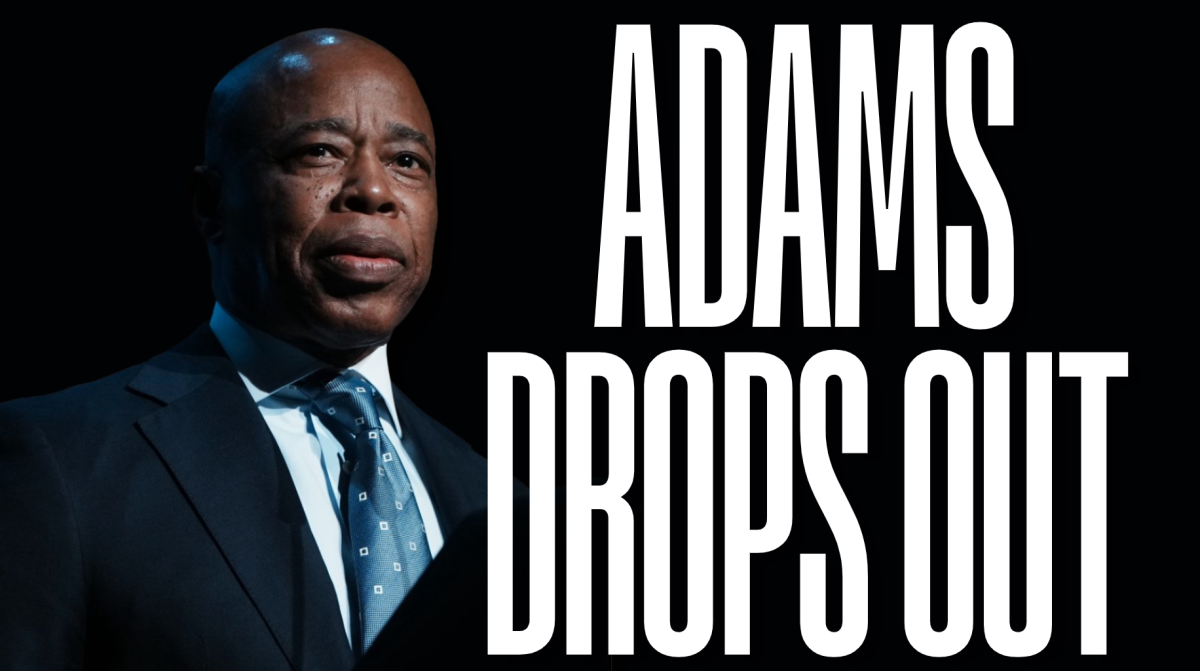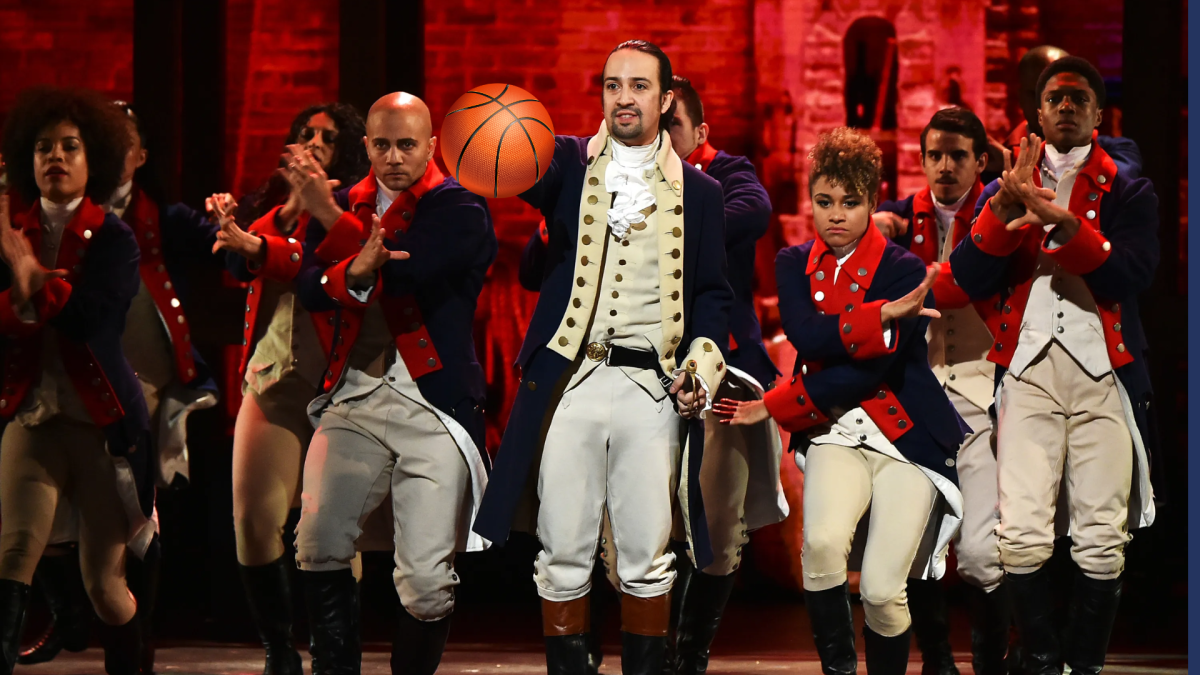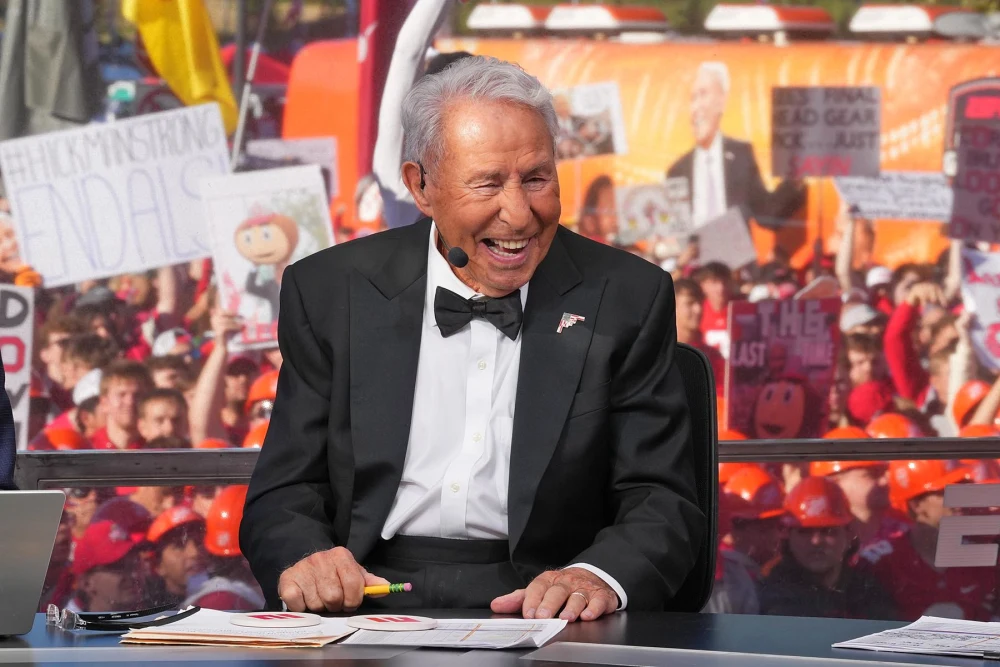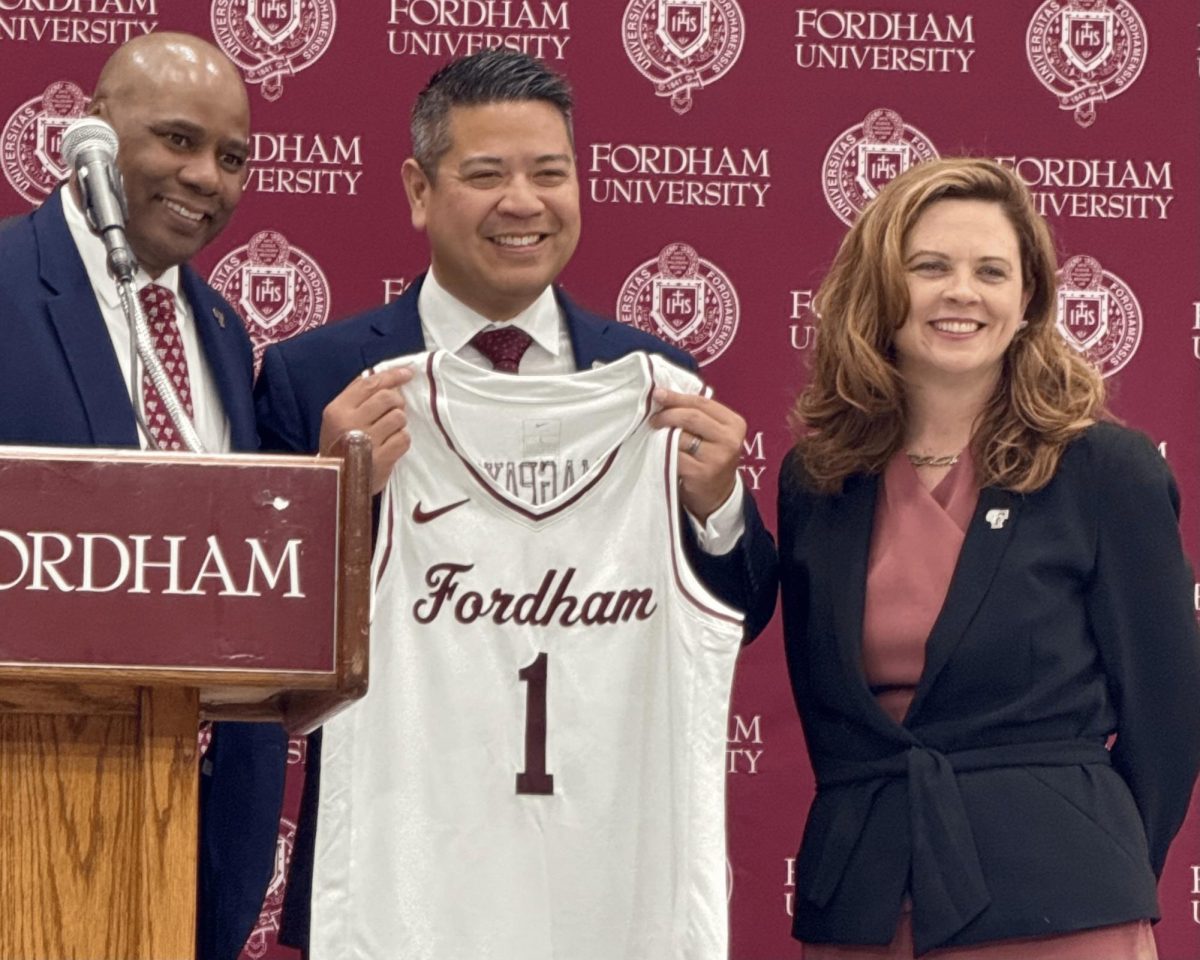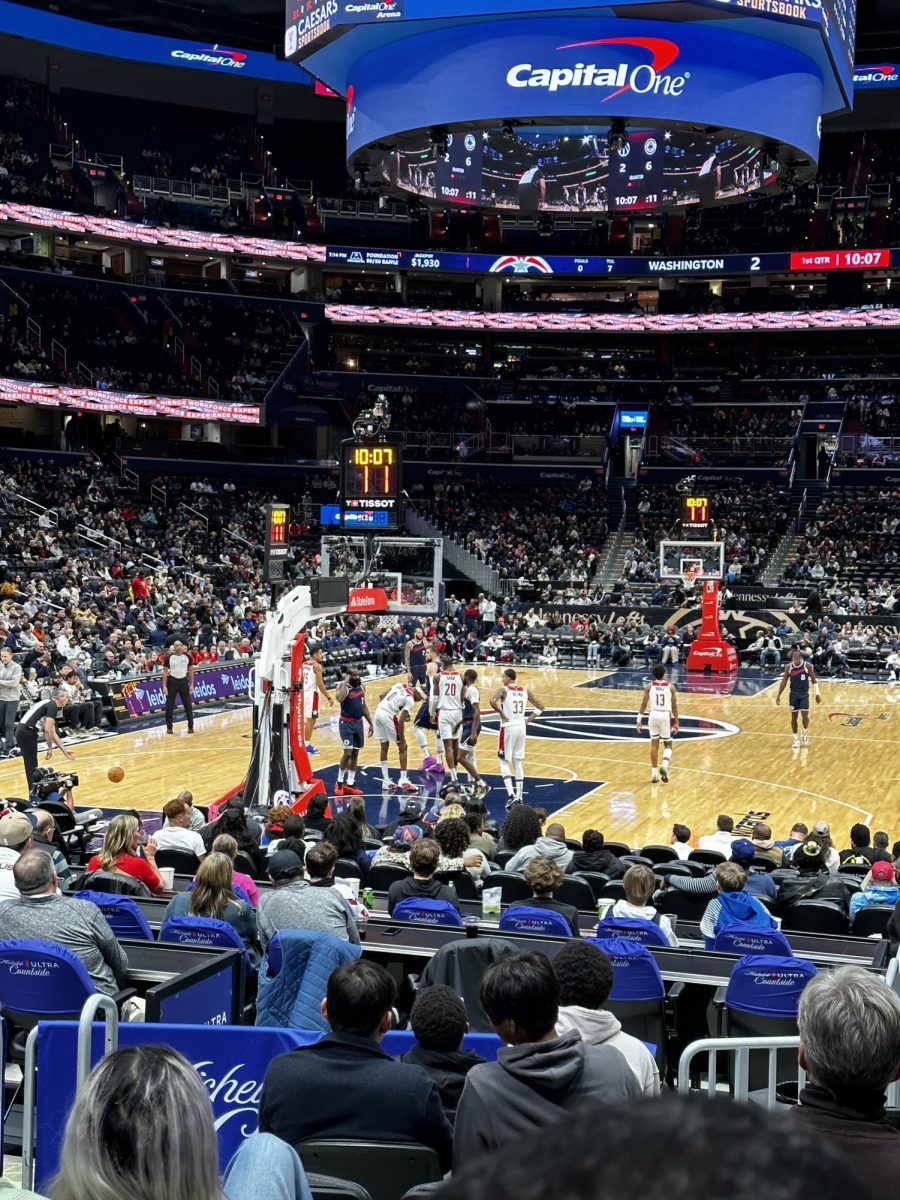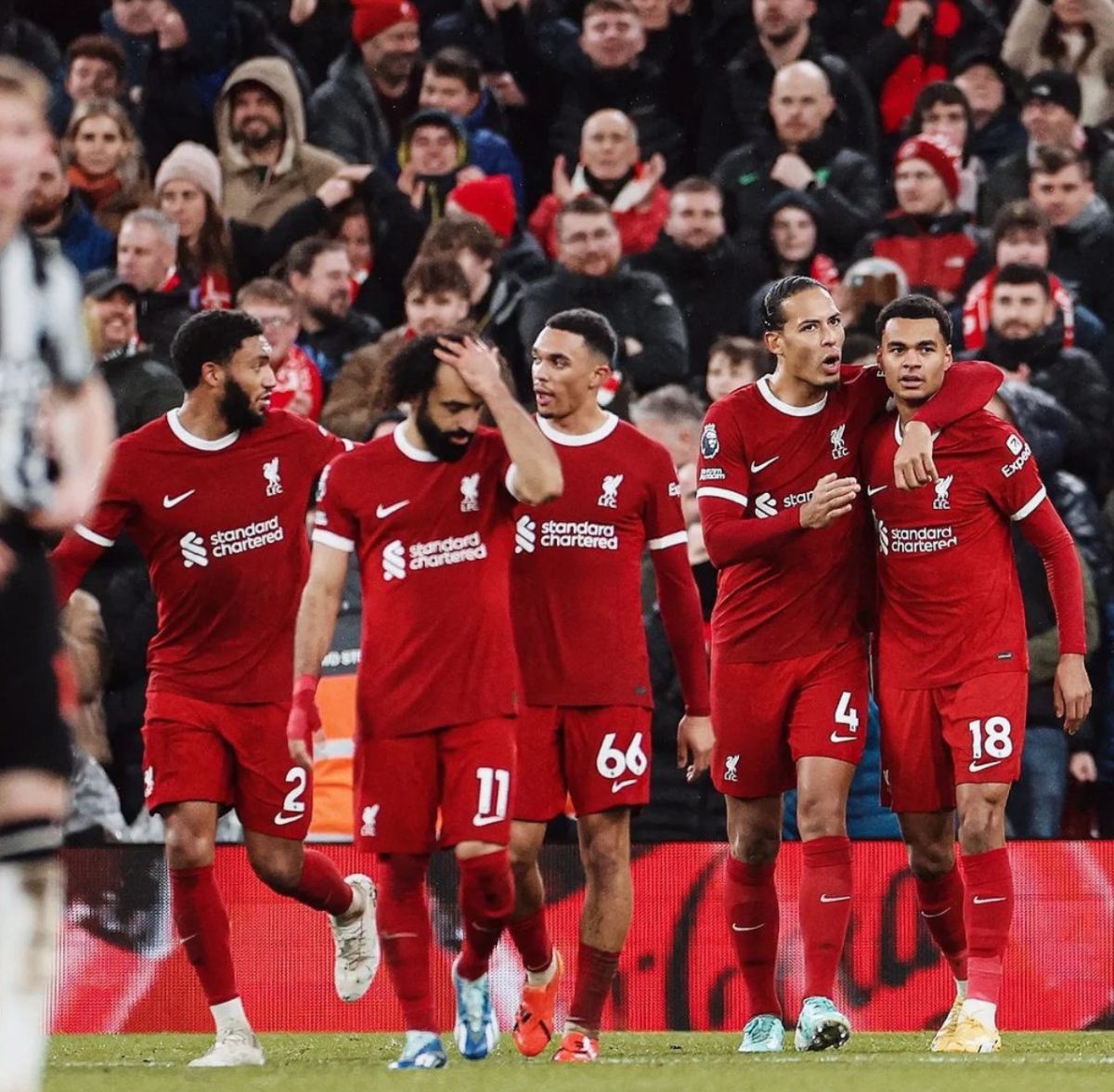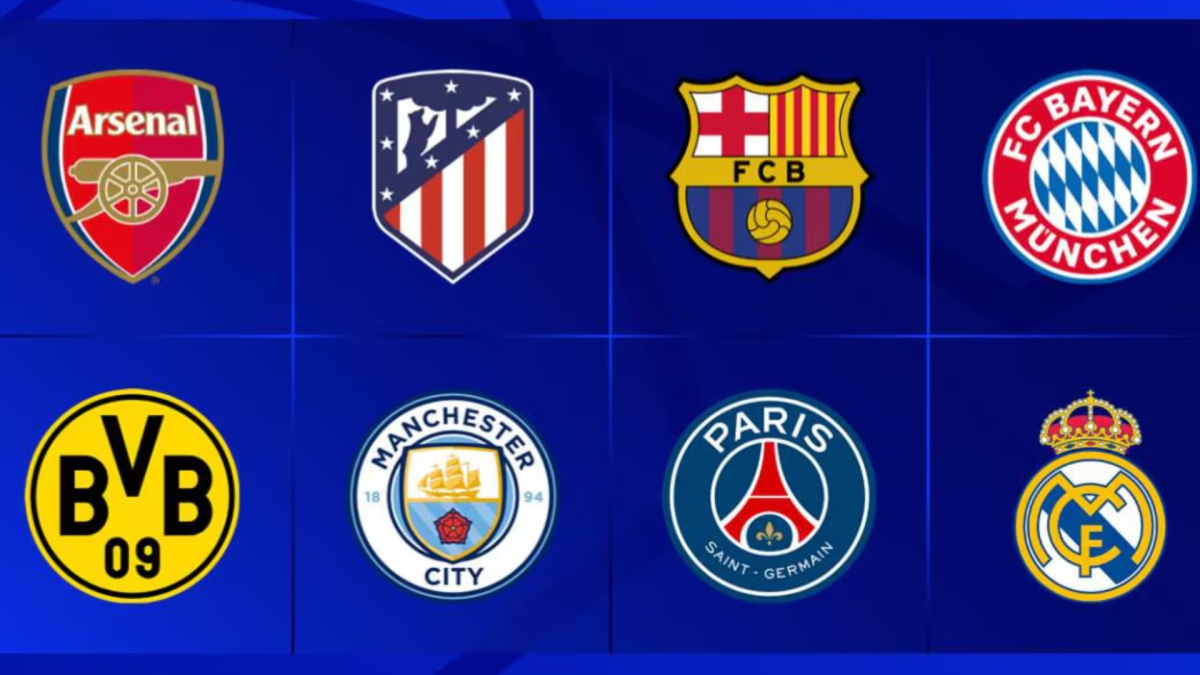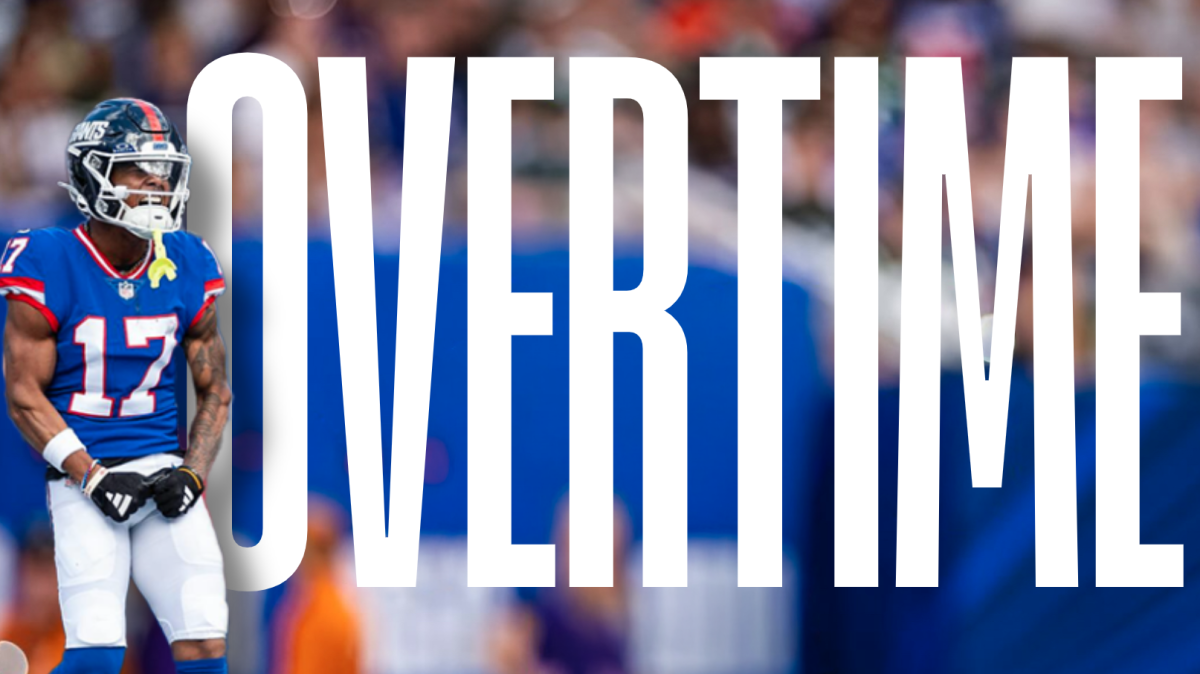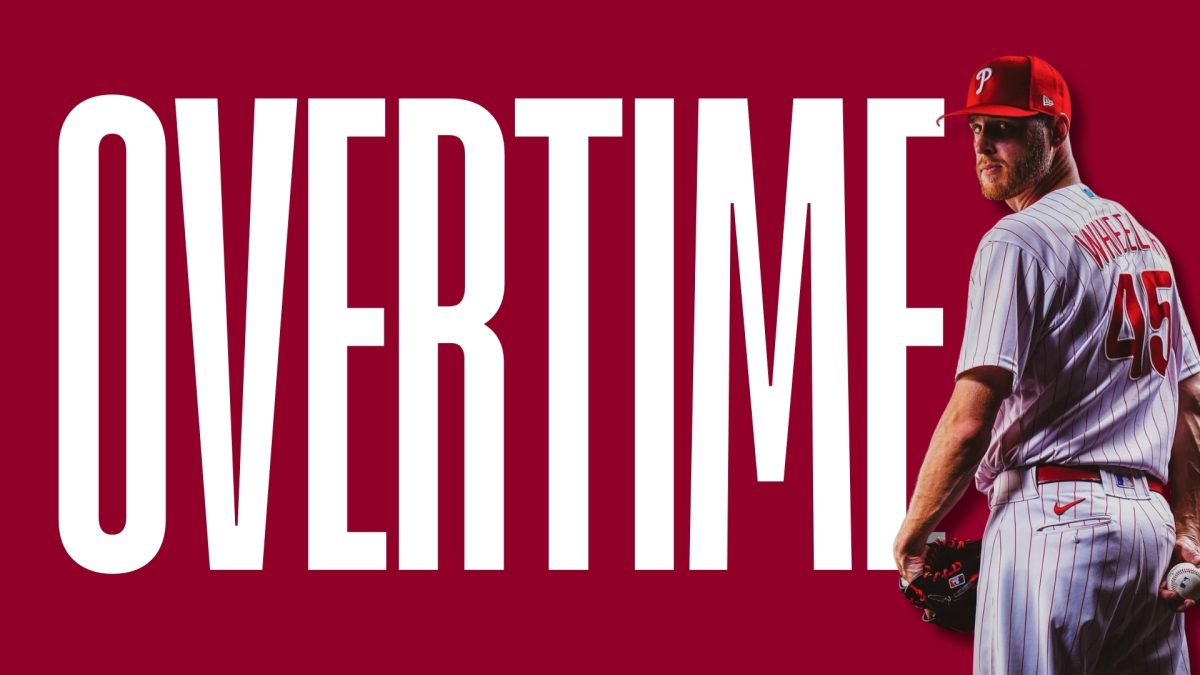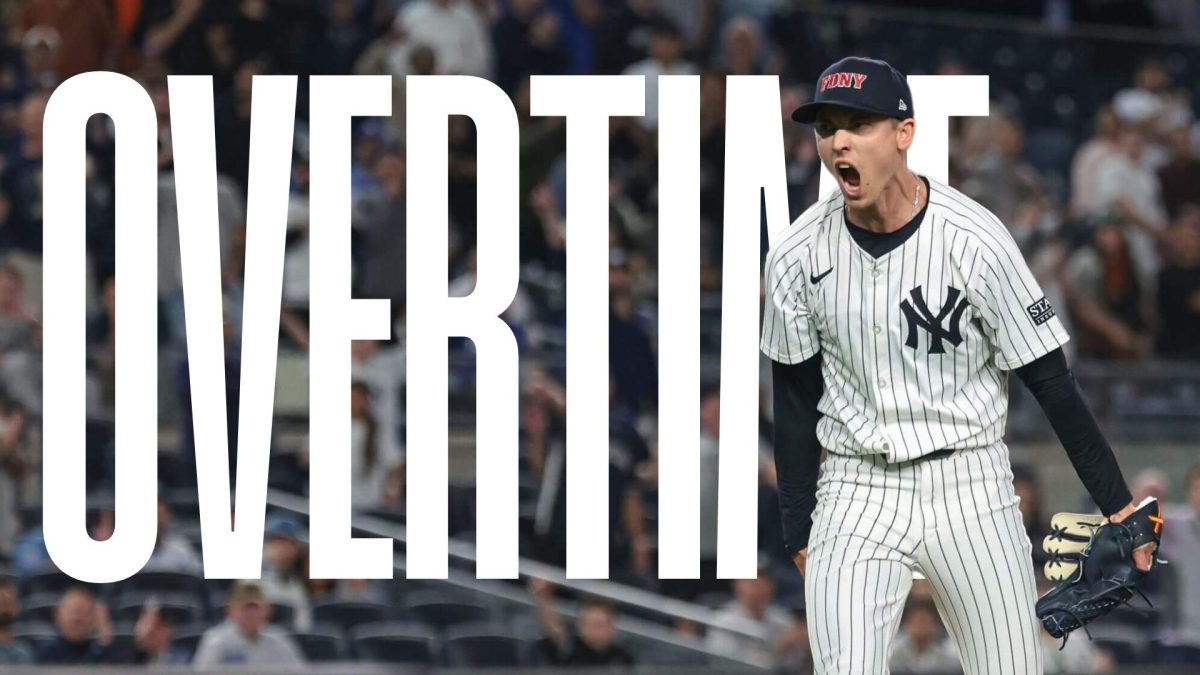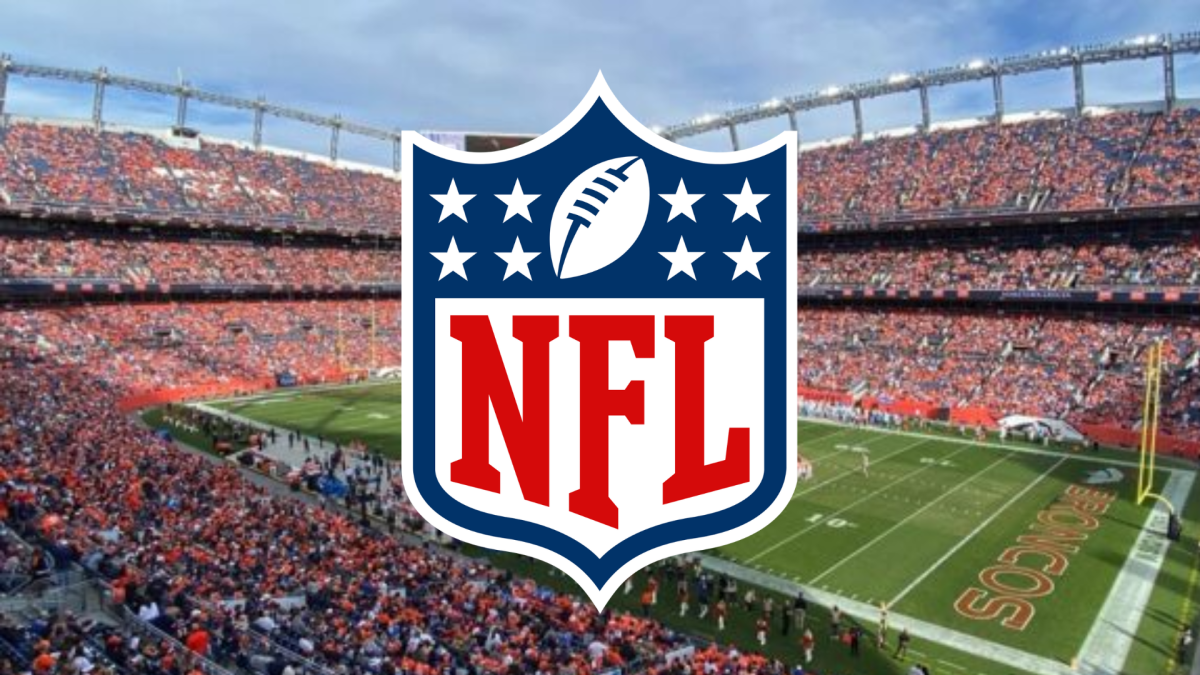It’s that time of year again. NFL free agency news runs rampant, trade notifications fill our phones’ home screens, mock drafts litter our social media and … the franchise tag generates as much news as anything else?
After two years of incessant rumors about Bengals wide receiver Tee Higgins’ future in Cincinnati, the Bengals have — for a second consecutive season — placed their franchise tag on the 26-year-old, they announced March 3.
You can’t blame them. Even as the WR2 to Ja’Marr Chase, Higgins electrified defenses when on the field in 2024, reeling in 73 passes for 911 yards and 10 TDs in just 12 games. Higgins remains etched as an upper-echelon receiver in a league whose most competitive teams share one trait: an elite quarterback-receiver duo.
It’s no shock, then, that the former Clemson Tiger became – and remained for two years — one of the hottest commodities in the NFL’s always-churning rumor mill.
And yet, for two years running, rumors about Higgins have remained just that — rumors.
The culprit? The franchise tag.
As murmurs of Higgins’ imminent relocation reached their apex in early March, they were squashed in an instant when Higgins himself announced that the Bengals would be retaining him via the tag.
This decision — and this situation as a whole — perfectly encapsulates the twisted and unfair nature of the franchise tag.
Of course, there’s nothing inherently wrong with retaining a player by any means necessary. In fact, I laud the Bengals for doing what other near-contenders often fail to do in going to exorbitant lengths to retain their high-octane offensive core. The Bengals are simply acting within the rules to maximize their chances of winning — the problem here is the rule itself.
At its core, the franchise tag is a tool at a general manager’s disposal to keep an impending free agent on their team for one more year, usually when said player is expected to leave in free agency or demand too much money from his current team. The tag can be used once per offseason to retain any player — no negotiation necessary. The player cannot refuse the tag; should he refuse to play, he forfeits a year’s salary. This happened in 2018 when Steelers RB Le’Veon Bell sat out the season after being franchise-tagged for a second straight year — he was not paid.
Players are often paid a healthy amount under the tag, though the contracts sometimes undervalue their performance. Per USAToday, “the value [of the tag] is either the average of the top five salaries at his position for the current year or 120% of the value of his previous salary … whichever value is greater.” Regardless, the issue is in the ethics: a player has no right to negotiate over his own livelihood.
Imagine that your contract at your job is ending. You get a lucrative job offer from another company. Then, your current employer forces you to sign a one-year contract for a salary you cannot negotiate — even if you hate it there; even if you’ll be underpaid; even if you want the stability and comfort that comes with a longer-term deal.
It’s not their fault, they tell you — it’s under the umbrella of federal law.
Doesn’t sound fair, does it?
The NFL proves more stingy than the common man in considering the ethics of these rules.
That said, if an outright abolition of the franchise tag proves too drastic a change to actually enact, smaller adjustments could be fought for by players and their representatives. Chicago Bears QB Caleb Williams suggested that players bargain for a “no franchise tag” clause in future contract negotiations — this feels like a decent compromise, especially for players such as Higgins, whose unique situations make them a likely target of the tag.
Still, most players aren’t as fortunate as Higgins, who managed to negotiate a long-term extension last week. Teams seem more keen on treating the tag as a one-year rental on a key player rather than a deadline extension for coming to terms on a new contract.
Nevertheless, the franchise tag seems here to stay — or, at least, see minimal amendments to its current form. The folks in charge of rule changes are the same folks benefiting most from this rule; the NFL Rules Committee is currently composed of a coach, a team CEO, two team Executive Vice Presidents and a general manager. Each of these roles has everything to gain from a rule that effectively forces a player to stay on their team. This power structure is the same one responsible for the league’s consistently lackluster innovations in concussion prevention.
The franchise tag is bound to fulfill a similar destiny. As players and the general public continue to raise an eyebrow at the ethics and fairness of the rule, a change may be considered more closely. But that doesn’t mean change will actually happen.
In a case like this, the verdict will always reflect the institution that bangs the gavel. An institution that doesn’t give proportional representation to its moneymakers — its players — will always be free to rule against them.
For the franchise tag and for every other rule that unfairly hurts players, the problem is systemic. The solution that will grant players their desired bargaining power is the solution that allows them to better bargain on items beyond the dollar figure on their contract — the rules of the league itself.
To create a more equitable, player-friendly league, the NFL must put their monetary interests aside and give the players that platform, one whose powers far exceed those of the current NFL Players Association, whose interests are secondary to those of team and league executives.
Then, and only then, can the fate of the franchise tag be weighed fairly.






































